#Photography history
Text
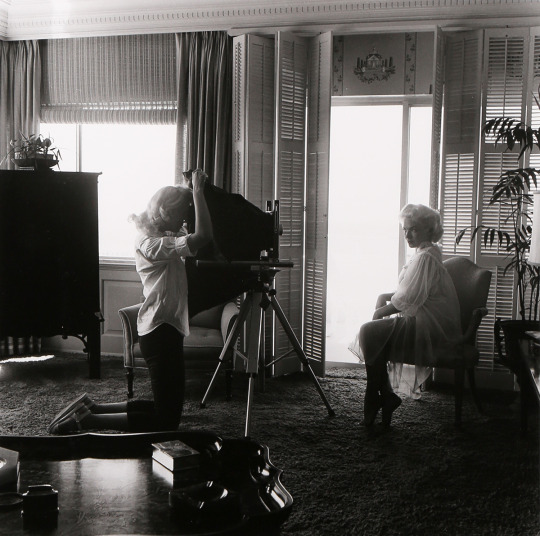

Bunny Yeager, Working Photographer
Bunny with Lori Shea
1954
160 notes
·
View notes
Text

The Nightmare
Emil Eduard Hammer
Munich, Germany
Life-sized wax woman and monkey (inspired my Fuseli’s painting of the same name)
#art history#art#history#european art#animals#modern art#photography#1800s art#1800s#henry fuseli#nightmare#creepy art#occult#photography history
59 notes
·
View notes
Photo

Bunny Yeager
Self Portrait
South Florida
c.1950's
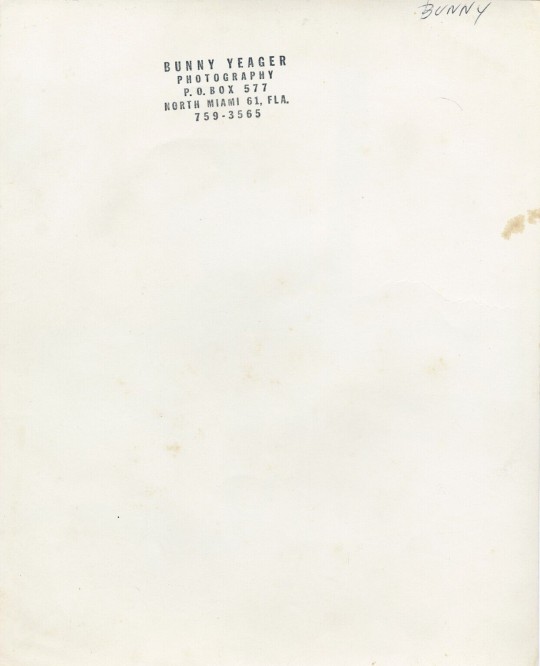
159 notes
·
View notes
Text


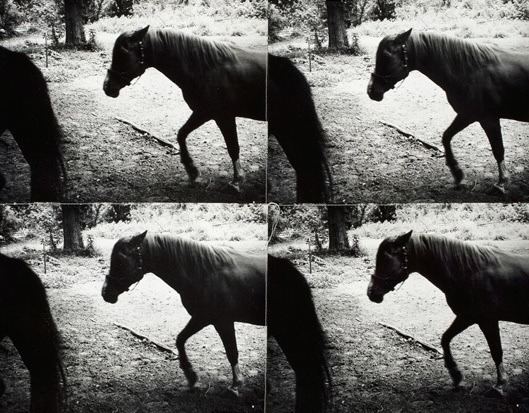
Eadweard Muybridge, Jockey on a galloping horse, plate 627 from “Animal Locomotion”, 1887
Eadweard Muybridge, The Horse in Motion, (detail), 1878
Andy Warhol, Horses, 1986
#eadweard muybridge#andy warhol#horses#horse and rider#jockey#pop art#pop artist#american art#american artist#photography#photography history#vintage photography#vintage animals#animals in art#modern art#art history#aesthetictumblr#tumblraesthetic#tumblrpic#tumblrpictures#tumblr art#aesthetic#beauty#tumblrstyle
21 notes
·
View notes
Text

Eight iconic photographers we should remember
#vintage#photographers#photography history#iconic#Horst P. Horst#Louise Dahl-Wolfe#Irving Penn#Richard Avedon#Bert Stern#Bill Cunningham#Deborah Turbeville#Guy Bourdin
91 notes
·
View notes
Text

youtube
#vintage visions#vintage photos#old photos#historical photos#old photographs#vintage vision#photos#old pictures#historic photos#photography#vintage pictures#historical pictures#vintage photography#rare photos#history photos#vintage#photography history#historic pictures#history#rare historical photos#Youtube
20 notes
·
View notes
Text

Photography history
Period British Dry Plate Advertisement
8 notes
·
View notes
Text

Lee Miller was an American photographer and photojournalist. She was active in Europe during World War 2, covering events like the London blitz and the liberation of Paris, as well as illustrating conditions at the Buchenwald and Dachau concentration camps. She is also known for her close partnership with fellow American photographer Man Ray, acting as his muse and lover during her time in Paris at the turn of the 1930s.
Photographed by Man Ray, 1929.
Colored by Lombardie Colorings.
#lee miller#history#photography#photography history#photojournalism#man ray#artists on tumblr#digital art#digital painting
3 notes
·
View notes
Text

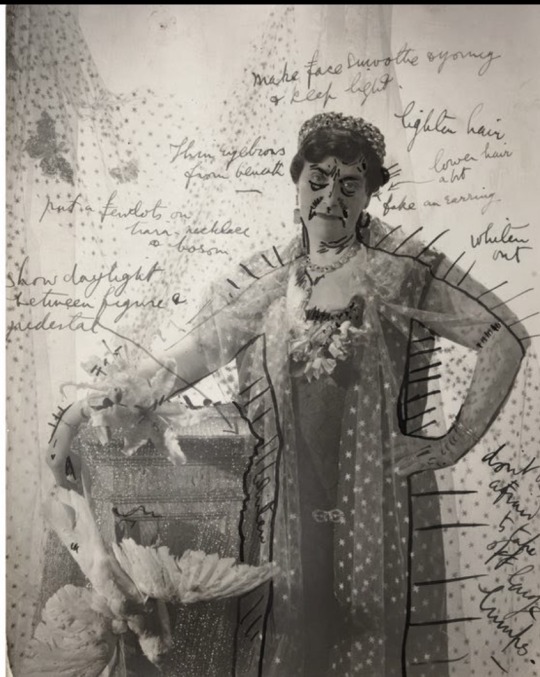

Just in case you wondered how old photoshop was the answer was ‘almost immediately after photography became a thing’
5 notes
·
View notes
Photo

The First Daguerreotype Photo
In the early 19th century, photography as we know it today did not exist. The process of capturing images was a cumbersome and time-consuming one, requiring extensive knowledge of chemistry and optics. It wasn't until 1839 that the French inventor Louis Daguerre changed the course of history with his revolutionary process, the daguerreotype. The first photograph ever made using this process was known as the "View of the Boulevard du Temple."
Louis Daguerre and the Daguerreotype Process
Louis Daguerre was a French artist and inventor who, together with Joseph Nicéphore Niépce, developed the daguerreotype process. This process involved exposing a silver-coated copper plate to iodine vapor, which created a light-sensitive surface. The plate was then exposed to light in a camera, and the image was developed using mercury vapor. The resulting image was a unique, one-of-a-kind photograph with exceptional detail and sharpness.
The "View of the Boulevard du Temple"
The "View of the Boulevard du Temple" is one of the most famous photographs in history. It was taken by Daguerre in 1838 or 1839, and it depicts a busy street scene in Paris. The image is remarkable for several reasons, not the least of which is that it is the earliest known photograph of a human being.
The Challenges of Capturing the Image
The process of taking the "View of the Boulevard du Temple" was not an easy one. The daguerreotype process was notoriously difficult to work with, and it required a great deal of skill and experience to produce a good image. Daguerre himself struggled with the process for years, and it was not until he teamed up with Niépce that he was able to create a practical photographic process.
The Significance of the Image
The "View of the Boulevard du Temple" is significant for several reasons. First, it is the first known photograph to depict a human being, although the person is likely to have been a street vendor who was standing still long enough to be captured by the long exposure. Second, the image is a striking example of the daguerreotype process, which was the first practical method of photography. Finally, the image is a window into the past, giving us a glimpse of life in Paris in the mid-19th century.
Preservation and Legacy
The original daguerreotype plate used to create the "View of the Boulevard du Temple" is now lost, and only a few copies of the image exist. Nevertheless, the photograph remains an important part of photographic history, and it continues to inspire and influence photographers today. The daguerreotype process may have been superseded by newer, more efficient methods of photography, but its legacy lives on in the form of this iconic image.
Conclusion
The "View of the Boulevard du Temple" is a remarkable photograph that captures a moment in time in the early history of photography. It represents the culmination of years of experimentation and hard work by Louis Daguerre and Joseph Nicéphore Niépce, and it is a testament to the enduring power of the daguerreotype process. Today, the photograph serves as a reminder of the incredible advances that have been made in the field of photography, and it stands as a testament to the creativity and ingenuity of the human spirit.
Source: The Daguerreotype Camera: A Revolution in Photography
#daguerreotype#daguerreotype camera#daguerreotype photo#photography history#camera history#boulevard du temple#louis daguerre#joseph nicephore niepce#19th century photography#photography legacy#photograph history
7 notes
·
View notes
Text
Time Changes All Odds at the Catalina Museum for Art & History

I was invited to curate a show of photographs for the Catalina Museum for Art & History from their extensive collection of pre-digital and pre-Internet photographs. What resulted is a small exhibit in their aperture-shaped gallery, “Time Changes All Odds, Photography & Catalina.” Thinking about an island, where this island came from, and what its particular “flavor” is in terms of place … the show explores how photography helped shape this over the 200-year history of the medium. Because photo history is relatively short compared to the five million years Catalina has had since it pushed out of the ocean with slow tectonic force, and because so much is not photographed, like the culture that tried hard as it could to bend the island to overzealous ideas of ranching, extraction/imposition of the cultures that were there, proliferation of wild boars to smite rattlesnakes, and other methods of human control, so much is unseen. That is the written history we must remember, and I found inspiration for this show in a book called “Wild Catalina” by Frank Hein and Carlos de la Rosa, an amazing book about the ecology of he island. And then we have the visuals. By sampling the collection of photographs held by the museum, this show looks at how photography has shaped Catalina Island’s identity over time, a mass of land with a frame all its own once isolated by a vast and churning ocean, now easily accessible by those who don’t live there by a really nice ferry. These photos are from my research days, and one shot of install. Captions in the next comment. See more HERE.
3 notes
·
View notes
Text
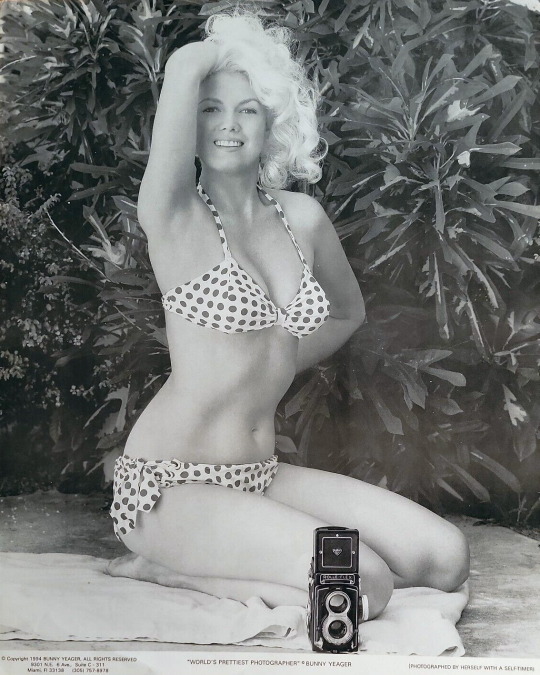
"World's Prettiest Photographer"
Bunny Yeager by Bunny Yeager
Ms Yeager with Her Rolleiflex Twin Lens Camera
c.1950's
157 notes
·
View notes
Text

Joseph-Philibert Girault de Prangey
Northwest Facade, Temple of Castor and Pollux, Rome
1842
#Joseph-Philibert Girault de Prangey#rome#ancient rome#roman columns#ancient history#ancient art#roman art#aesthetic#beauty#ancient culture#daguerreotype#vintage photography#early photography#french photographer#French photography#photography history#modern art#art history#aesthetictumblr#tumblraesthetic#tumblrpic#tumblrpictures#tumblr art#tumblrstyle#artists on tumblr
45 notes
·
View notes
Text
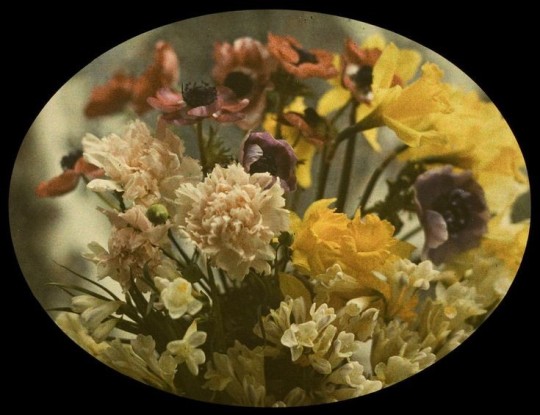
Autochrome by Charles Corbet
1910
"The Autochrome, a positive color transparency on glass, was invented by Auguste and Louis Lumière in 1907 and manufactured by them until 1933. Autochromes were made by coating a glass plate with a sticky varnish and dusting it with a layer of randomly distributed, translucent potato-starch grains. These grains, which were dyed red-orange, violet, and green, were then interspersed with fine black carbon dust, and again varnished. The plates were next coated with a light-sensitive gelatin silver-bromide or silver-iodide emulsion. When the plate was inserted into a camera, the light from the lens passed through the dyed starch grains, which acted as color filters before reaching the emulsion. After exposure, the plate was processed to make a unique, full-color, positive silver image."
via the National Gallery of Art
#art history#fairycore#goth art#goth photography#whimsigothic#photography history#flower art#flower photography
8 notes
·
View notes
Text
The Fascinating Story of How Photography Was Invented
Photography, as we know it today, was invented in the early 19th century. The first practical photographic process was the daguerreotype, invented by Frenchmen Louis Daguerre and Joseph Nicephore Niepce in 1837. The daguerreotype process used a polished silver plate coated with light-sensitive chemicals, which was exposed to an image and then developed using fumes from heated mercury. The…

View On WordPress
4 notes
·
View notes
Text
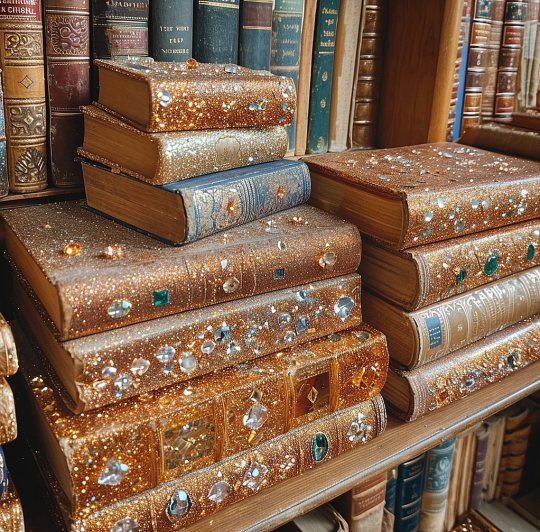

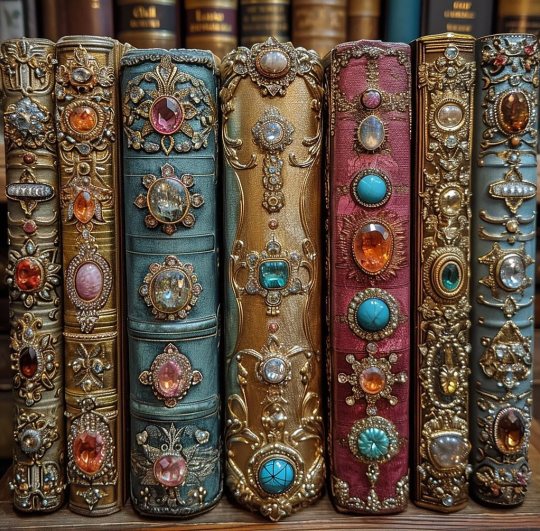
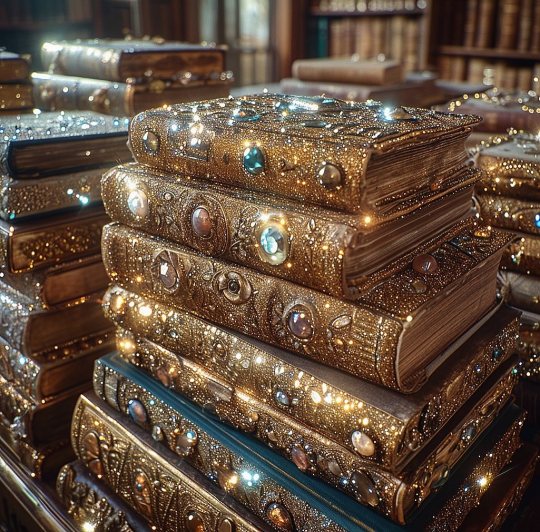
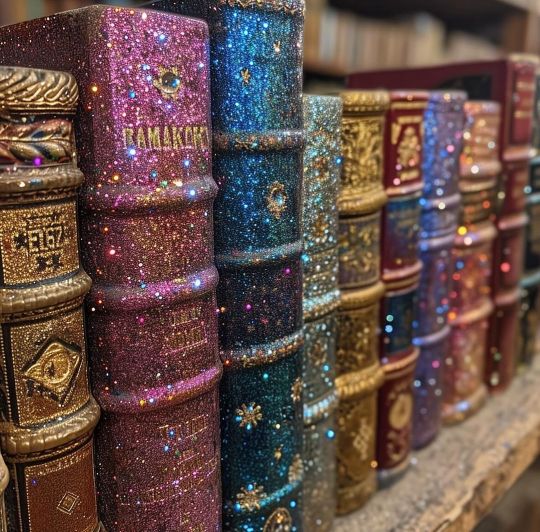
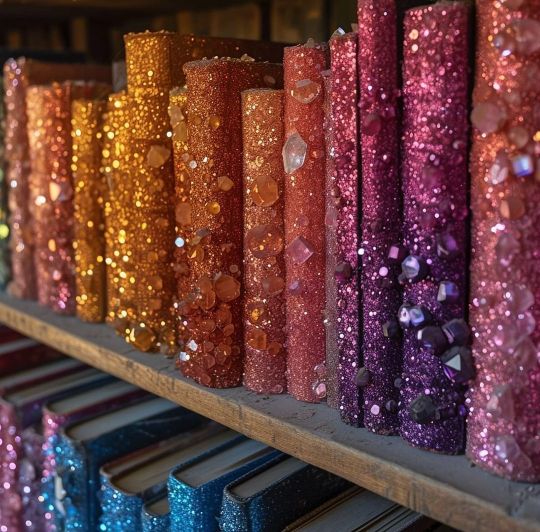
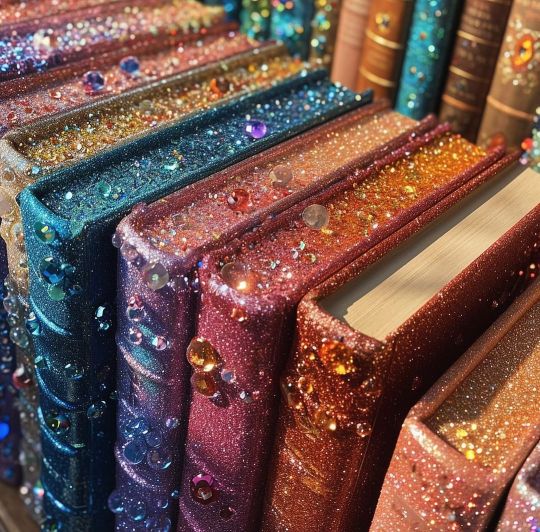

#alıntı#kitap#reading#landsccape#booklover#books#culture#home lifestyle#books and libraries#literature#photography#writing#currently reading#ctiy#travel#landscape#vintage#history#arte#arhitecture#trees#view#scenery#bookworm#romance quotes#edebiyat#studyblr#studyspo#tumblarians#spilled thoughts
14K notes
·
View notes